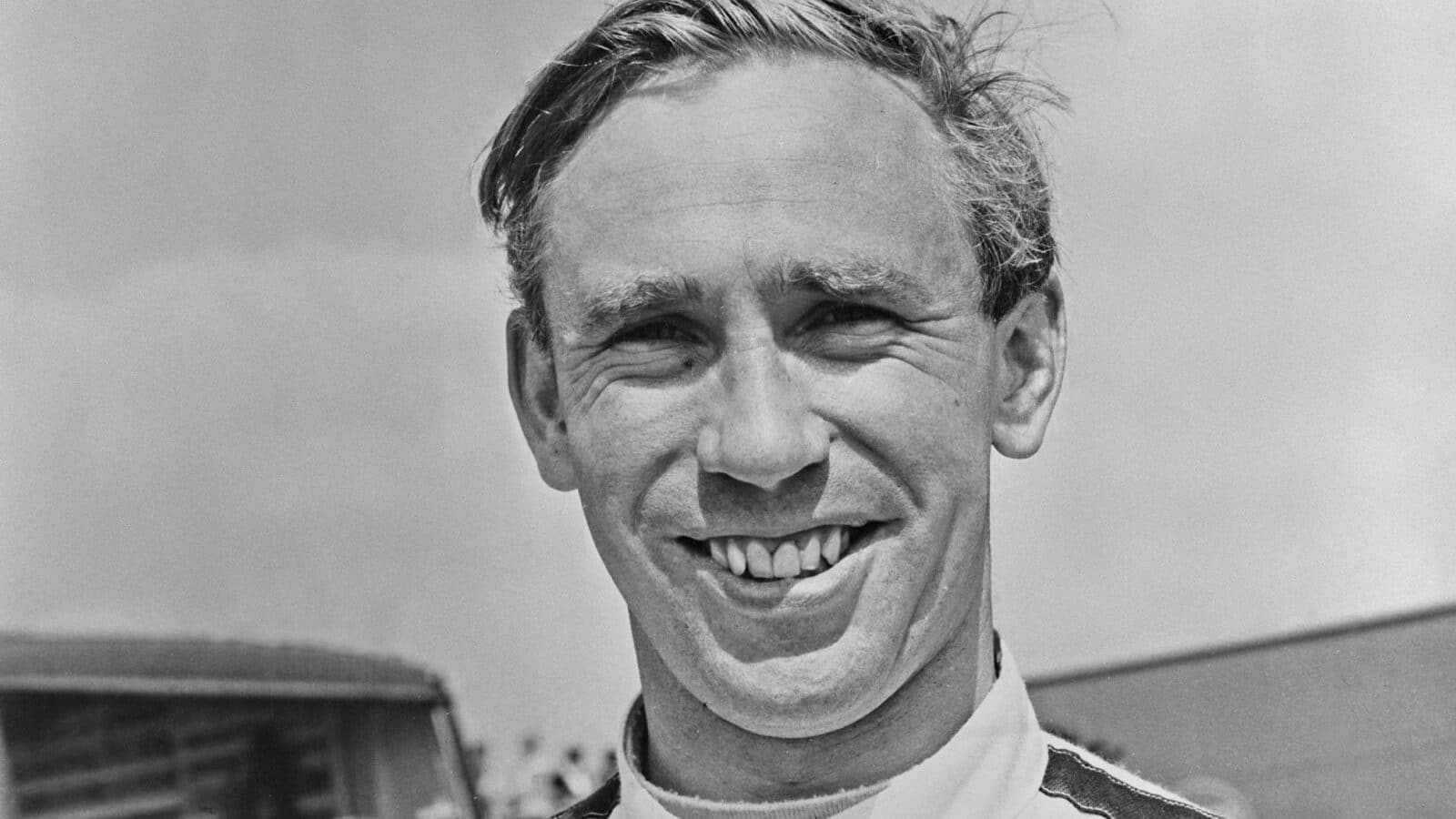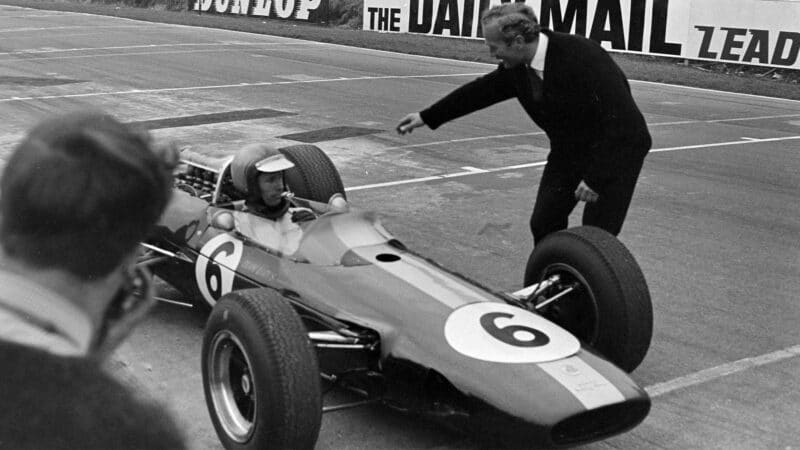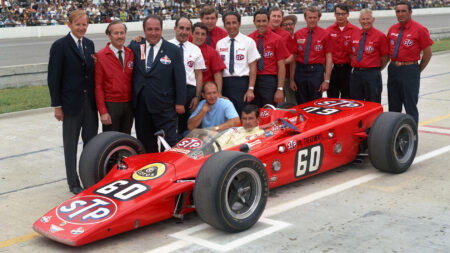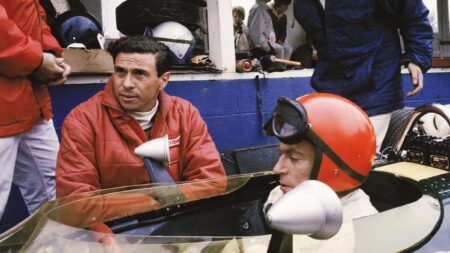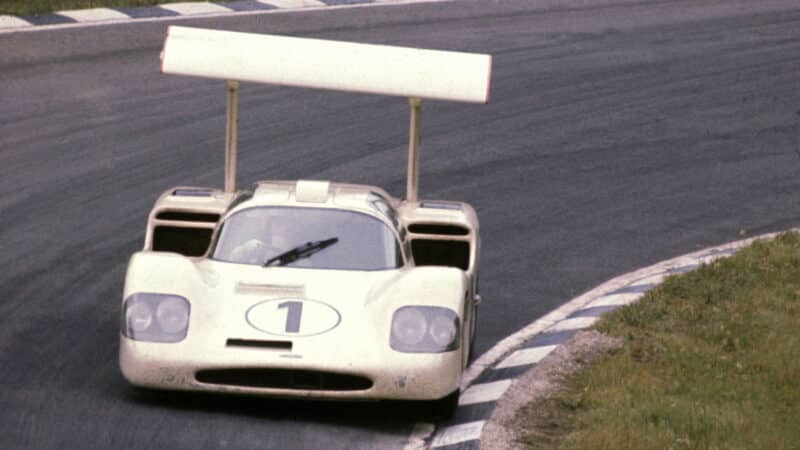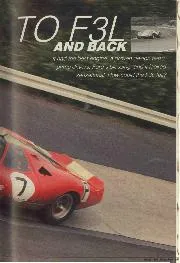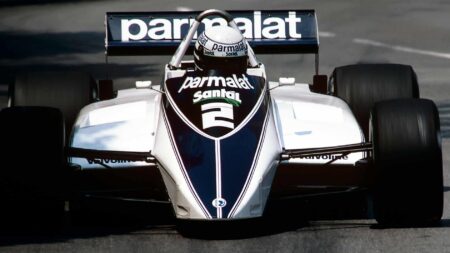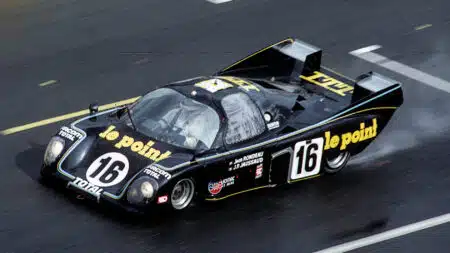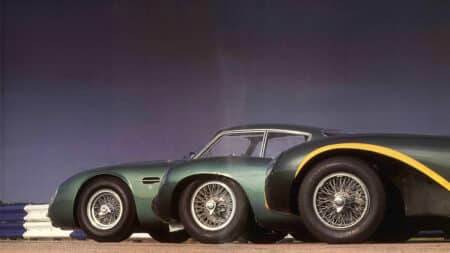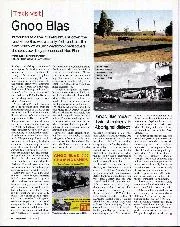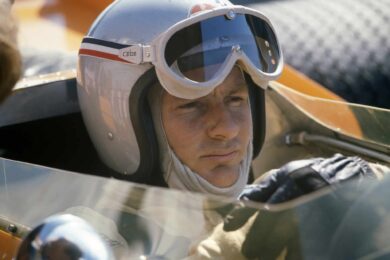At 25, Spence was running a garage with business partner David Porter. He kept himself to himself, but he wasn’t short of steel – he’d overcome polio as a child – or ambition: he’d been a tank commander during his National Service. He was disciplined and self-sufficient. “At the time I thought he was aloof,” says John Fenning, FJ teammate to Spence and Arundell at Ron Harris Team Lotus in 1963. “Perhaps I misread it. Perhaps he was just shy. But, for me, Pete was king.”
Arundell worked wonders that season in the monocoque 27 – “the worst car Lotus ever built,” says Fenning – to secure his second consecutive title. The previous year had been a cakewalk: 18 wins from 25 starts. In all that time Spence had scored just one victory, at Reims in ’62. Even so, he made his World Championship debut before Arundell when he deputised for the injured Taylor at the 1963 Italian GP. He did a solid job, too, qualifying ninth and running sixth before his engine failed with 12 laps to go. There was more to Spence than his okay results suggested; Chapman was impressed by his calm attitude and thoughtful feedback.
Arundell was back in front by the start of 1964, though, beginning his F1 career with a raft of seconds and thirds. Then came Reims. Spence took over as Clark’s F1 team-mate at the British GP. It was perhaps 18 months too early, for he proved far more circumspect than his predecessor and didn’t score a world championship podium until his 15th start — third in Mexico ’65.
“Mike was neat and tidy, easy on the car,” says Team Lotus chief mechanic Jim Endruweit. “But it’s possible he was overawed. In some ways it didn’t matter who was our number two. We had two cars but it’s no surprise that Jimmy was the focus: his car had to be 110 per cent, the other could get by at 100. The mechanics would do anything for Jimmy. If the number two had kicked up he might not have got as much ‘service with a smile’.”
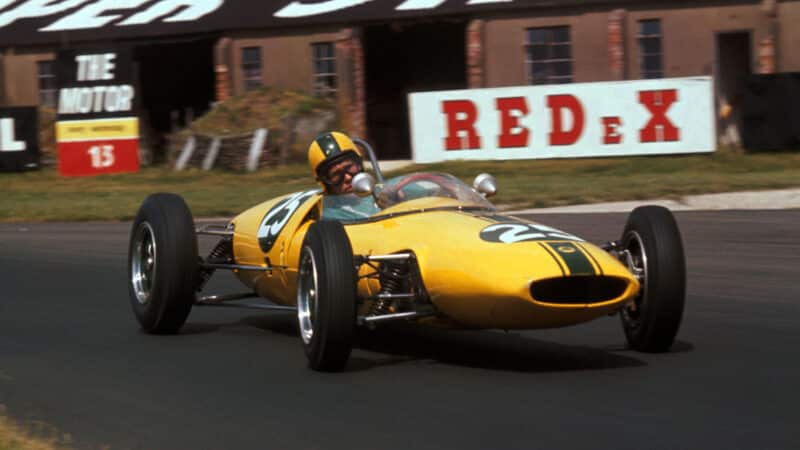
Spence was a solid performer in the junior series, but often played second fiddle to favoured rising star Peter Arundell at Lotus
But Spence didn’t even kick up during his 1966 season with Reg Parnell Racing, a campaign stacked with retirements, leavened only by two fifths – Holland and Italy – in its Lotus-BRM 25. “There was no side to Mike,” says team manager Tim Parnell. “He just got on with it.” Matters looked a little rosier when Spence followed Parnell to the works BRM squad for 1967. Its H16 engine was a nightmare, but while Jackie Stewart, starburst career falling from the sky, was tearing his hair out, Spence kept his on and brought the P83 home in the points five times – four fifths and a sixth – which spoke volumes for his mechanical sympathy.
“Mike was a true gentleman,” says Stewart. “He was smooth and unspectacular, a solid performer who worked well with the engineers. But he never pushed himself forward for a drive and always seemed destined to be a very good number two.”
Stewart’s assessment is probably fair. But Spence’s sports car stint with Chaparral that season had allowed onlookers to glimpse a latent side to his talent. He joined Jim Hall’s team at Daytona, where he and Phil Hill led for three hours before the latter crashed. Co-driven by Hall, Spence also led at Sebring. This was a new experience: fastest car in the race, (joint) number one in the team. And he was in his element with the advanced 2F, adapting neatly to its two-pedal layout and driver-adjustable rear wing.
“Mike was a really good guy who had a lot of ability,” says Hall. “He gave us exactly what we needed: he was quick and didn’t damage the car. He was better than I expected. I thought he was confident, professional and comfortable with the car from the start. Phil was vocal about a few things he didn’t like about the car, but if Mike had any complaints, he didn’t make them to me.”
